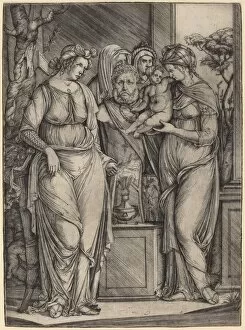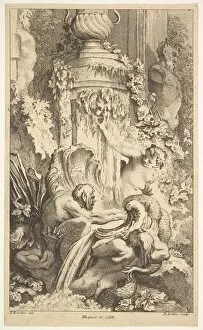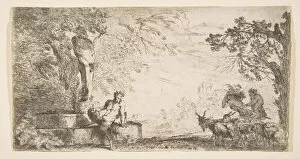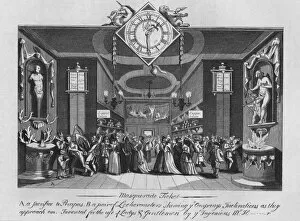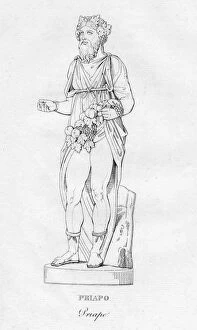Priapo Collection
"Priapo: A Celebration of Fertility and Mirth in Art" Step into the world of ancient mythology with these captivating artworks that pay homage to Priapus
For sale as Licensed Images
Choose your image, Select your licence and Download the media
"Priapo: A Celebration of Fertility and Mirth in Art" Step into the world of ancient mythology with these captivating artworks that pay homage to Priapus, the mischievous god of fertility. From Jacopo de Barbari's intricate "Sacrifice to Priapus" to Giovanni Bellini's enchanting "Feast of the Gods, " each piece transports us to a realm where joy, sensuality, and nature intertwine. In Giulio Sanuto's vibrant "Bacchanal, " we witness a wild revelry filled with dancing nymphs and satyrs, their ecstatic movements echoing the untamed spirit of Priapus himself. Meanwhile, Jacopo de Barbari's "Satyrs Family" captures a tender moment between mythical creatures as they bask in familial bliss under the watchful gaze of their deity. The allure continues with Pierre Alexandre Aveline's exquisite etching titled "Naiades, Tritons and the Bath of Priap. " Here, water nymphs frolic playfully alongside Tritons while Priapus indulges in his legendary bath—a scene brimming with both eroticism and vitality. Rene Boyvin invites us into an exuberant gathering through his intricately detailed vase depicting dancing women and satyrs. Their lively steps mirror the rhythmic beats that echo throughout this celebration dedicated to life itself. Even beyond visual artistry, our journey delves into other forms such as masquerade tickets from 1727—an invitation to immerse oneself in masked revelries where attendees could embody aspects of Priapus' uninhibited spirit. Lastly but not leastly is an intriguing c1850 sculpture simply titled "Priapo (Priape). " This enigmatic artwork encapsulates alluring mystery around this deity who symbolizes abundance and virility. These masterpieces remind us that within ancient myths lies a profound understanding of humanity’s connection to nature’s cycles—birth, growth, and renewal.



